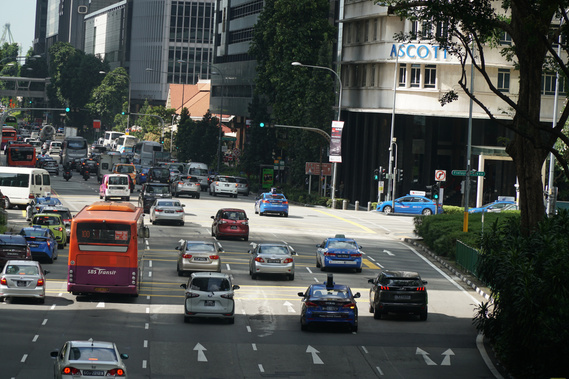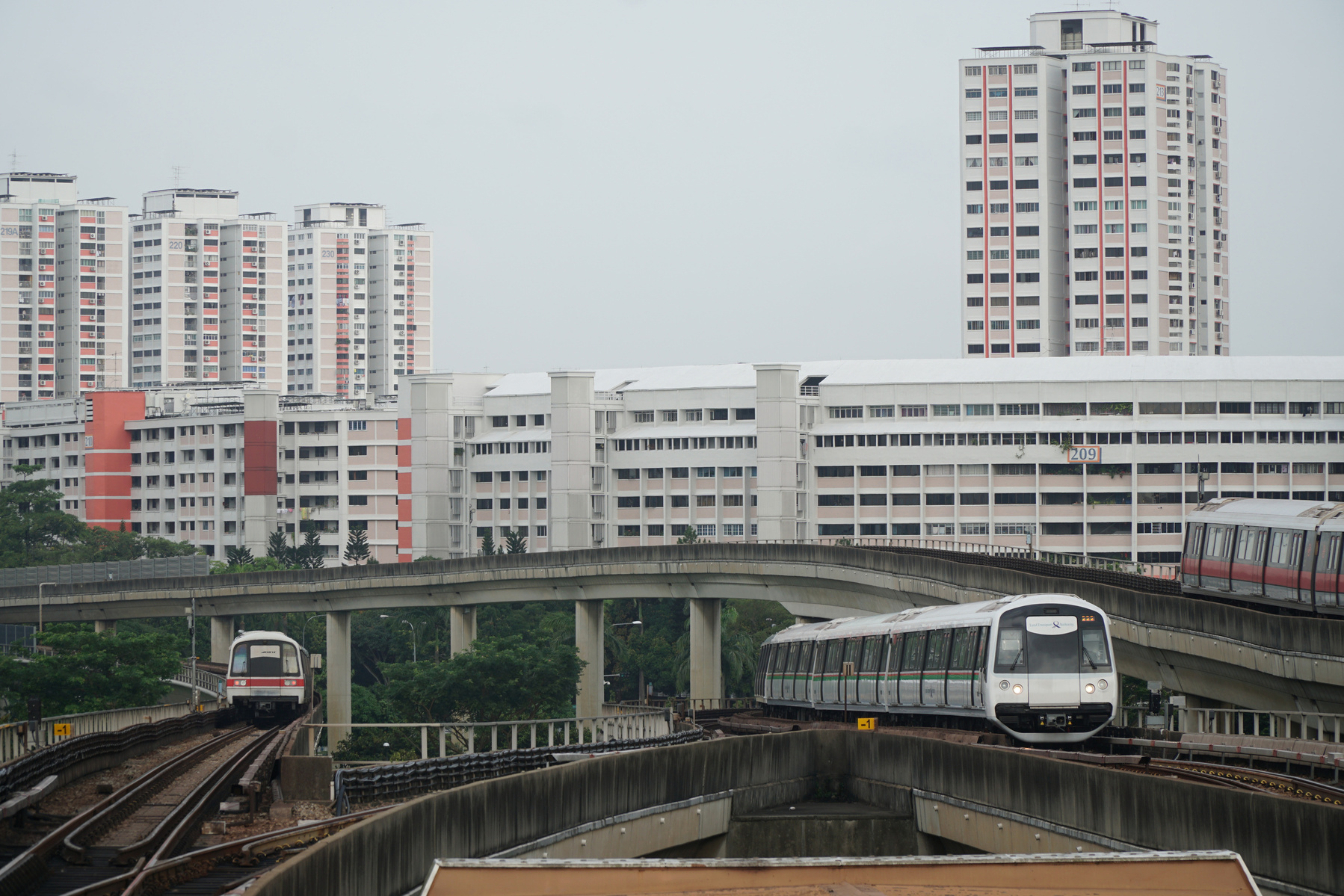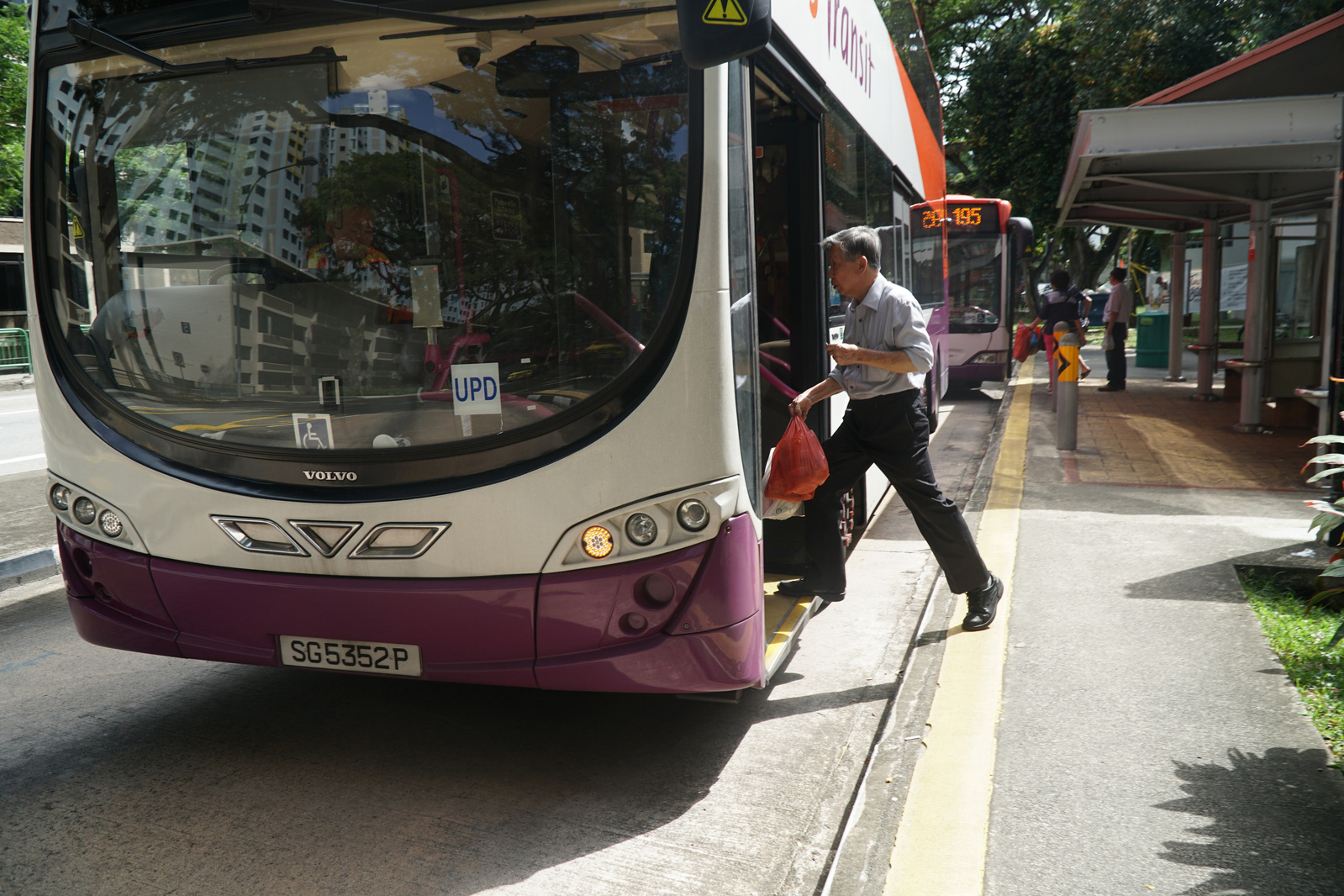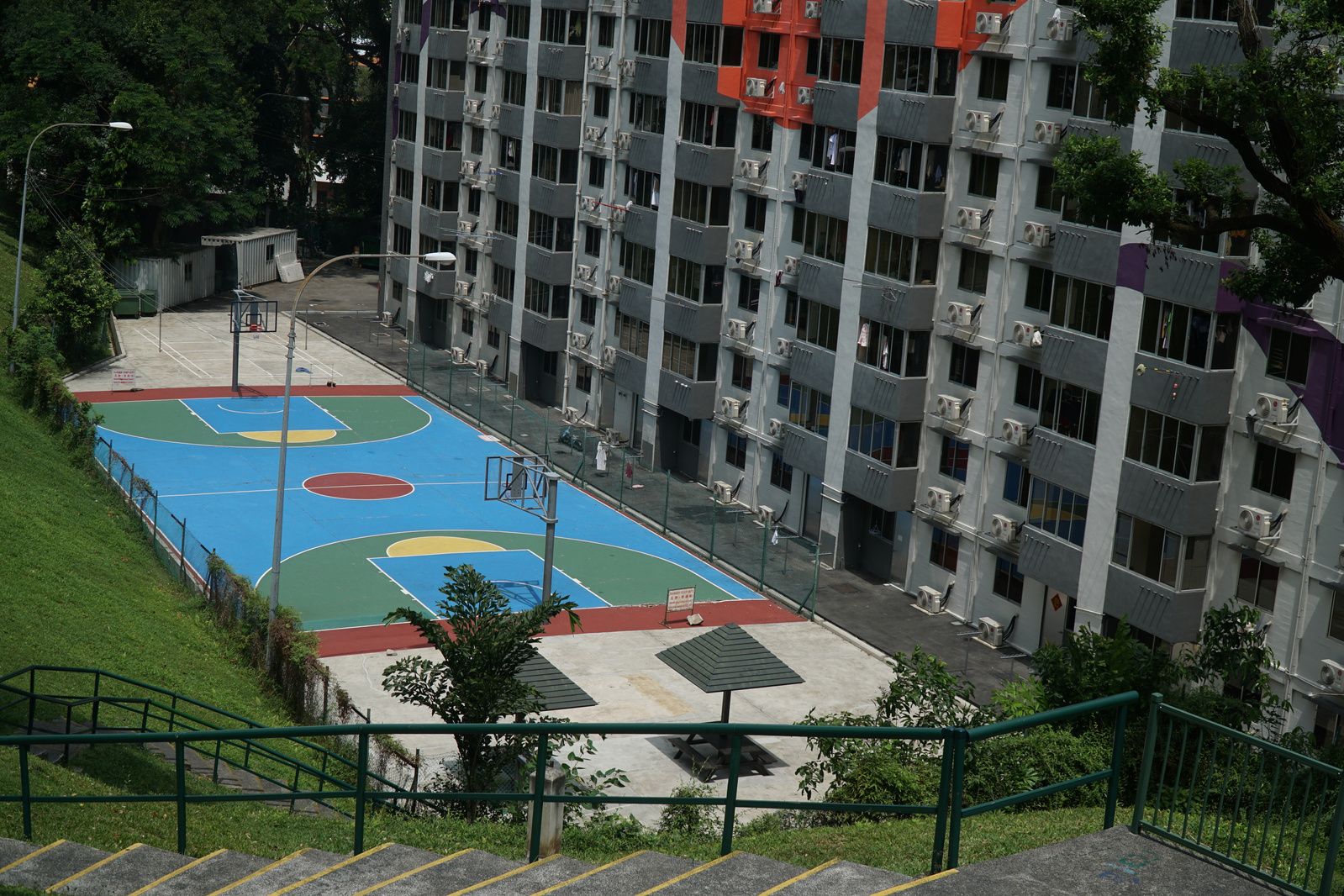Singapore
January 20-24
City in Context
Over the past few decades, Singapore’s urban mobility has evolved from traffic laden roads and unreliable bus services to a system that consistently ranks among the best in the world. Once a British colony,Singapore became an independent country from Malaysia following civil unrest in the 1960s. As the young country grew, Singapore faced several challenges in the areas of housing, natural resource management, and transportation. Given that the land Singapore sits on measures a mere 270 square miles, the need to maximize and manage these resources in a manner that allows for ambitious economic development was paramount. This is evident from Singapore’s top-down governance structure that oversees urban planning (the Urban Development Authority) and transport (the Land Transport Authority) on the island.
Unique to Singapore is the fact that urban transport planners here are faced with planning for economic development of the country as a whole while also meeting the mobility needs of individuals. Competing needs for land, including housing, industry, and recreation call for an integrated approach to urban planning and transportation in the city-state. These needs are often at odds, and understanding the dynamics, processes and institutional framework behind urban development in Singapore was paramount during my visit.
According to the whitepaper “Transport: Overcoming Constraints, Sustaining Mobility,” three pillars uphold Singapore’s transport policies:
1. “Provide a world class public transport system to cater for mass movement. Singapore’s first challenge was in terms of land and funding constraints for increasing capacities to meet a growing economy and population. Transportation policy and infrastructure also impacted economic and social development. As such, the Government restructured the industry to ensure adequate service provision at affordable prices…[while ensuring] a commercially viable industry.”
2. “Managing demands for cars, including the choice and structure of public and private transport/ As such, regulatory and economic institutions were put in place to achieve public goals or mobility, equity, and development.”
3. “… market-building efforts with different experiments in institutional forms, including the move from free markets to central planning to monopolies, to regulate prices and services in a public transport industry operated as a monopoly.”
To read more about the evolution of Singapore from a public transport hell to heaven, read Chapters 2 and 3 of the above whitepaper. “Transport: Overcoming Constraints, Sustaining Mobility.”
By 1991, Singapore had already realized the development of new towns and expressways and a mass rapid transit system to link them. As the economy grew, the city had to keep up with shifting demand for modern physical infrastructure. To cope with a strain on the newly built infrastructure, the urban planning of Singapore moved more towards a polycentric model of development. This was crystallized in the Revised Concept Plan of 1991, which adopted a “constellation concept” that sought to create more mixed-use development outside the main central business district. For transport, this type of development creates a more uniform distribution of traffic across space, as well as a reduction in trip lengths. Four “regional centers” were called for: Tampines in the East, Seletar in the Northeast, Jurong East in the West and Woodlands in the North (see map below). These were all linked by public transport so as to avoid road congestion. I visited some of these regional centers to see for myself how transport was integrated into these areas of intense development. I was amazed to see how transport was seamlessly divided into macro and micro level, with the macro level being the linkage between new towns and the CBD, and the micro level being the co-ordination around the regional transport hub. In sum, these efforts helped ensure that Singaporeans always have a way to get around the island without the need to purchase a car.
Leaving Cars Behind - Realizing the Social Cost of Driving in Singapore
It's hard to beat the Singaporeans when it comes to road pricing. I wanted to visit Singapore because it pioneered the practice of charging drivers for the externalities of private automobile use,especially during rush hour periods. In the 1960s and 70s, bumper to bumper traffic made commutes with car and bus unreliable during peak hours. As a solution, Singapore was the first nation to ever implement a cordon scheme known as the Area License Scheme (ALS) in 1975, with the aim to mitigate congestion.Drivers entering the cordon were required to purchase a license in advance and display it on the windshield, which cost about USD $20 per month. ALS also included doubling the costs of parking in the downtown area and increasing enforcement.After ALS, a 20% reduction of congestion levels was achieved and the annual growth of vehicles entering the inner city fell from six to four percent (source).
In 1998, ALS was replaced by a more technologically advanced system known as Electronic Road Pricing, or ERP. The system is fully automated and charges variable tolls designed to respond to congestion in real time. All vehicles were required to be fitted with an in-vehicle transponder that contained a stored-value card. ERP gateways constructed above the roadway detect the type of vehicle and the congestion of the particular route at specific times of day, and then deduct the variable fee from the smartcard. Today, the ERP system has over 90 gantries installed throughout the inner city, and charges between USD $0-$3 per pass. Complementary to the ERP scheme was an increase in parking fees in the restriction zone, the number of buses and bus frequency were increased, and over 15,000 park-and-ride spaces were created outside of the restriction zone (source).
The results have been nothing short of amazing. For comparison, when the ERP was launched in 1998, Singapore had a population of 3.9 million residents and the number of vehicles entering the inner city was 235,000 per day. By 2016, the population has grown over 44% to 5.6 million, yet numbers from the LTA showed that average daily traffic entering the inner city was only 300,400 vehicles in 2015. In the same year,the average daily ridership on public transportation was 2.7 million trips (source).
The implementation of road pricing in Singapore was part of a holistic approach towards congestion mitigation, including expanded MRT lines, street safety, cycle and pedestrian networks, and transit-oriented development. Revenues from the scheme go towards a general fund that finances many kinds of transport. Beyond the congestion charge, Singapore charges additional taxes and fees related to car ownership, including the infamous certificate of entitlement (COE) which grants the legal right of the holder to register, own and use a vehicle in Singapore for a period of ten years. In 2017, the average price of a COE was around USD $37,000. These policies, in conjunction with the dynamic ERP system, focus on reducing traffic and improving trip reliability in Singapore.
The video from the Land Transport Authority explains the economics and history of congestion pricing in Singapore succinctly.
Parting Thoughts
It was a pleasure to get a visit the transport planner's paradise that is Singapore. It felt like I was being transported around the city of the future. I especially loved exploring the hawker centers after wandering in and out of Singapore's distinctive housing blocks. These centers functioned as important community hubs, where locals would come and share a meal over Singapore's diverse culinary offerings. I also appreciated the city's efforts to keep the island green and clean, with world class parks and recreation facilities and status as a "Garden City". Given Singapore's unique status as a city-state with land scarcity, measures to enhance the livability of its residents while maintaining a seamless commuting experience left me thinking of ways to bring these lessons back home.































